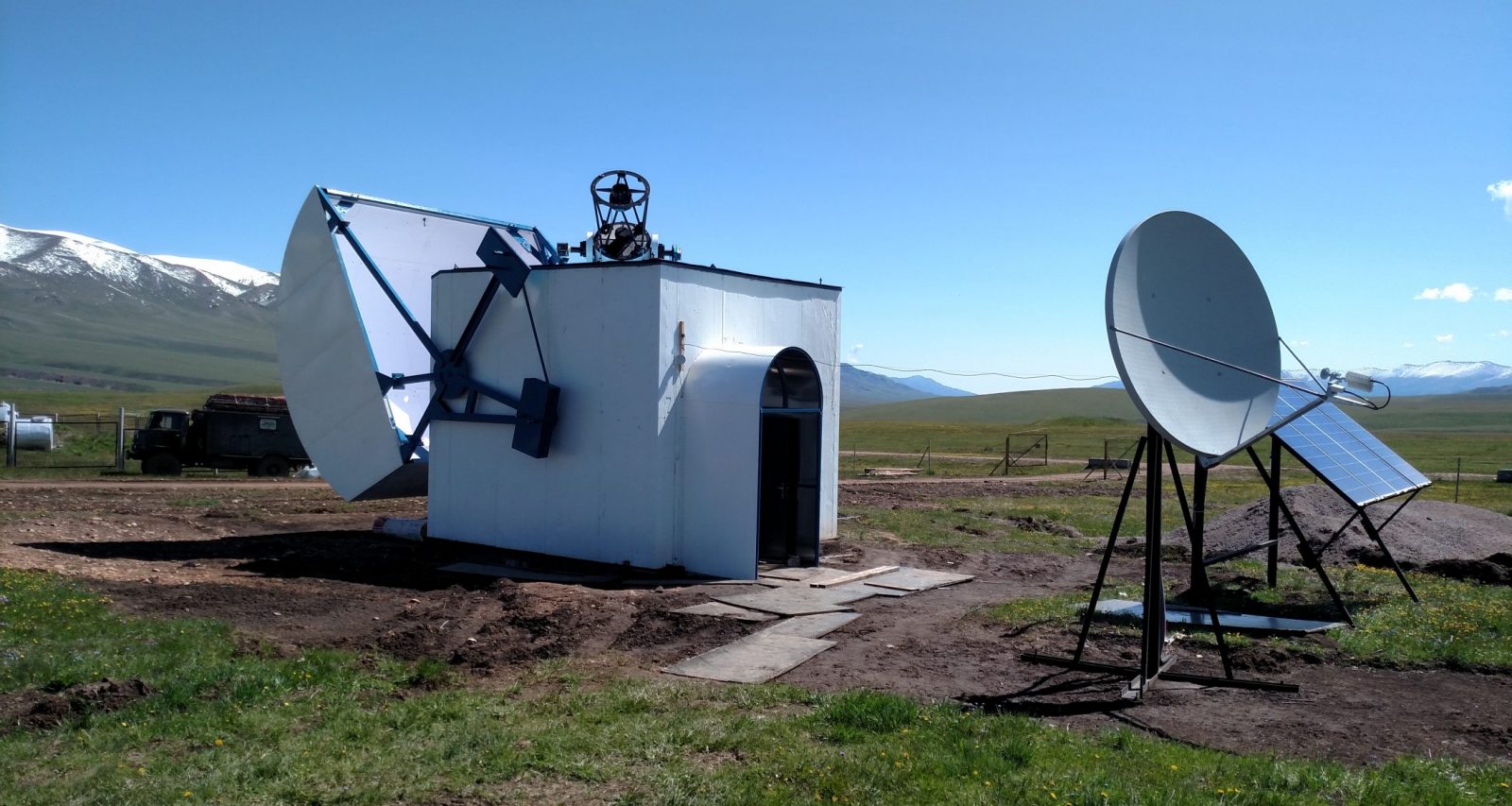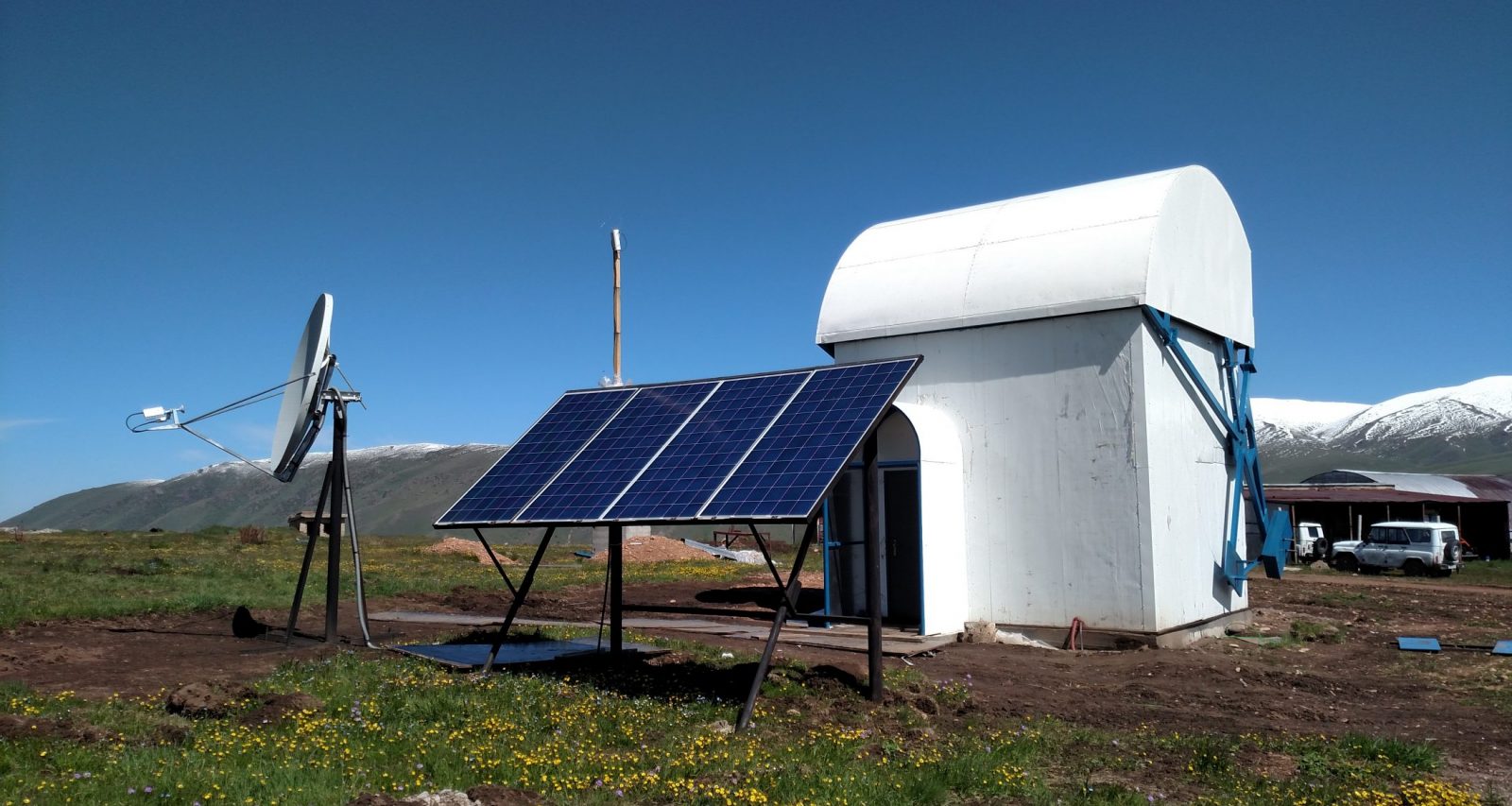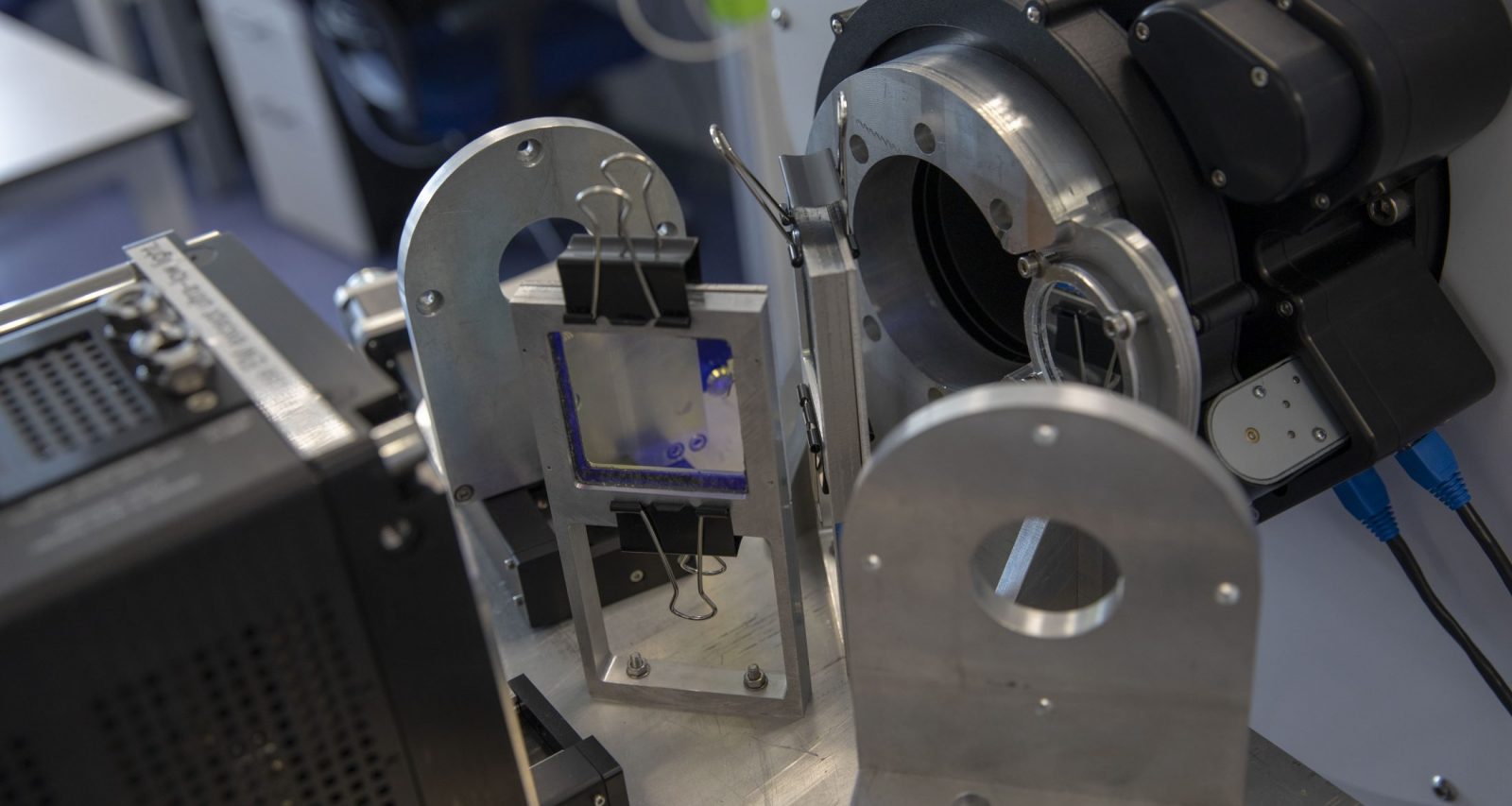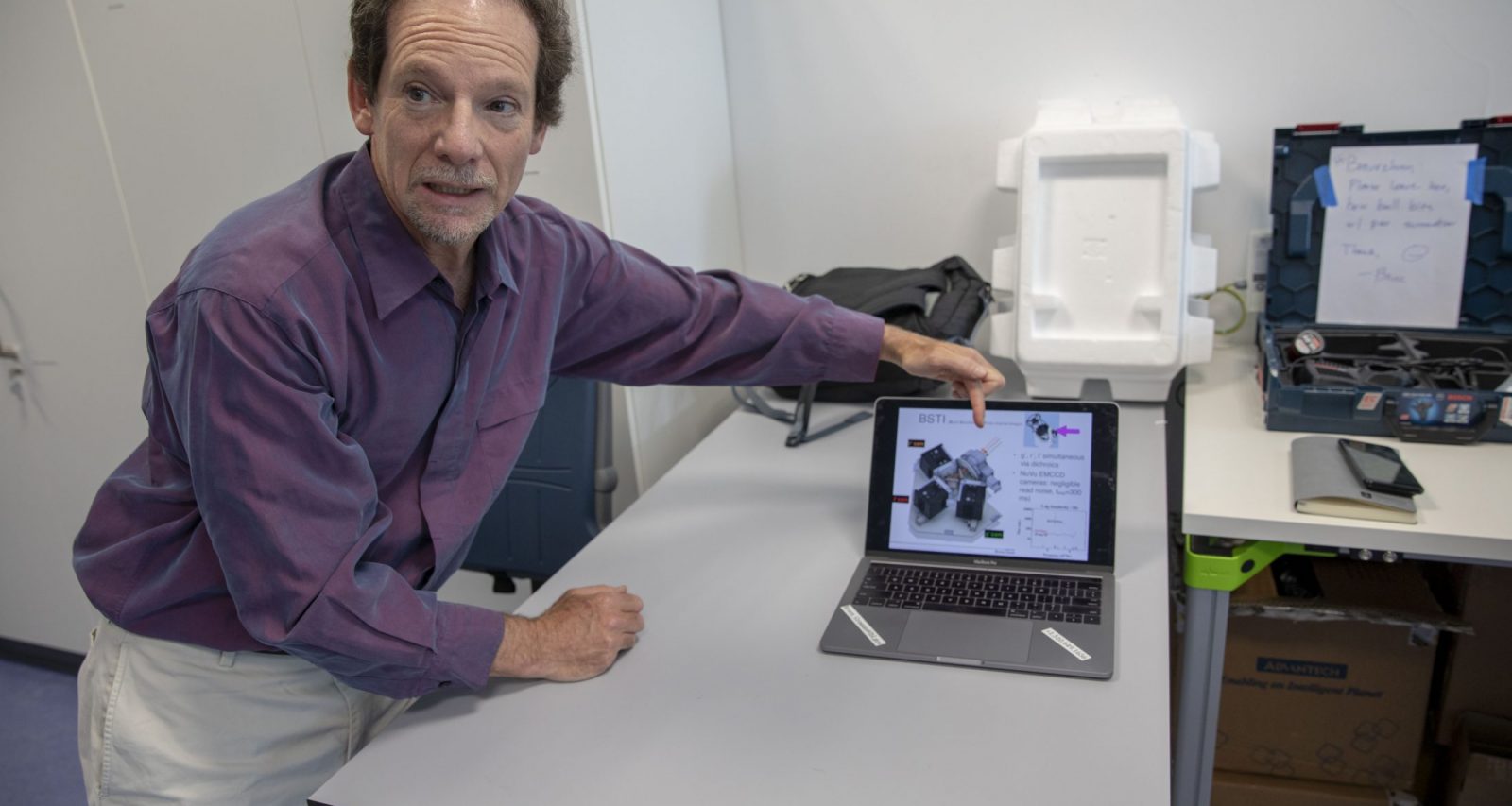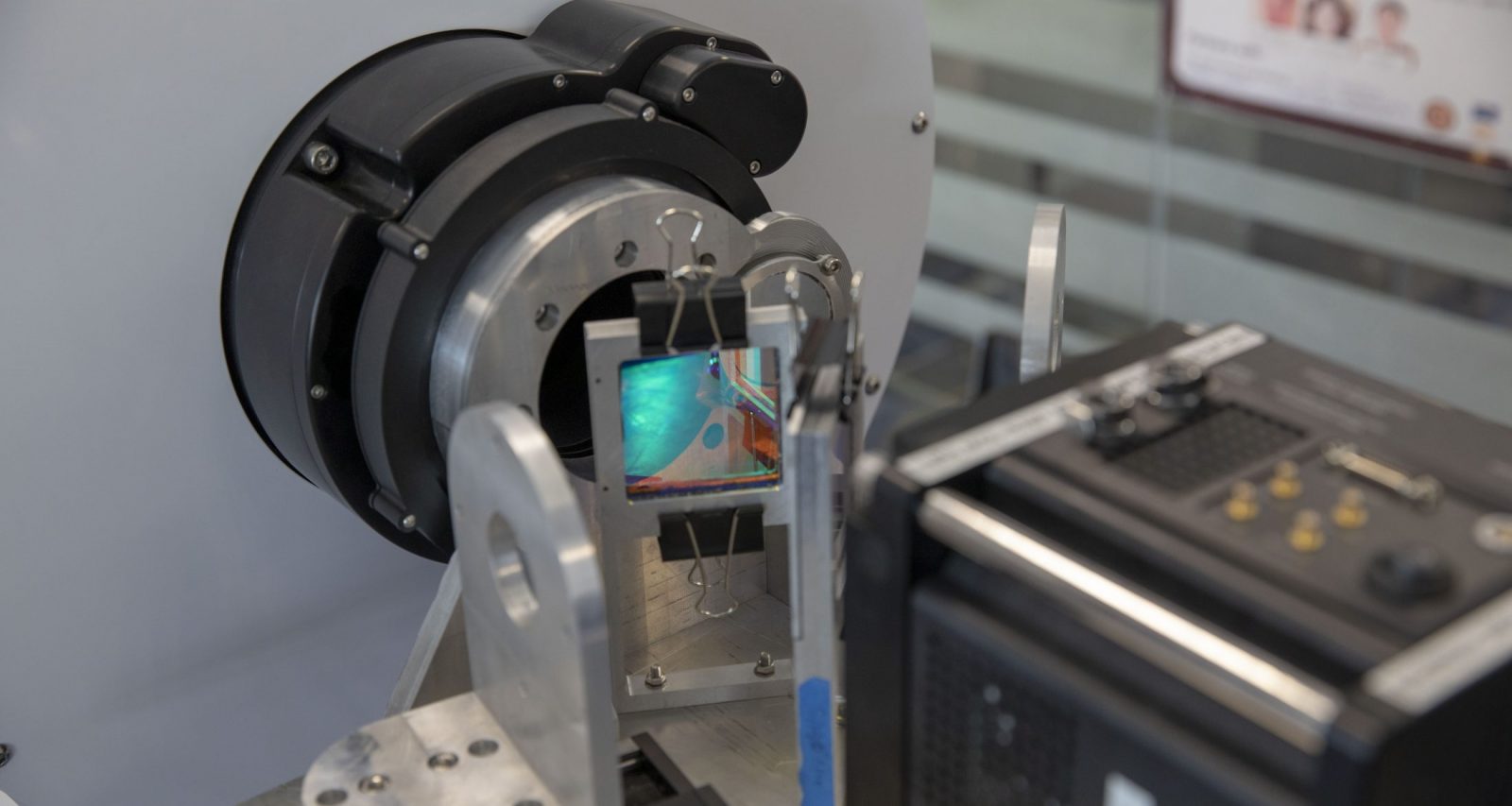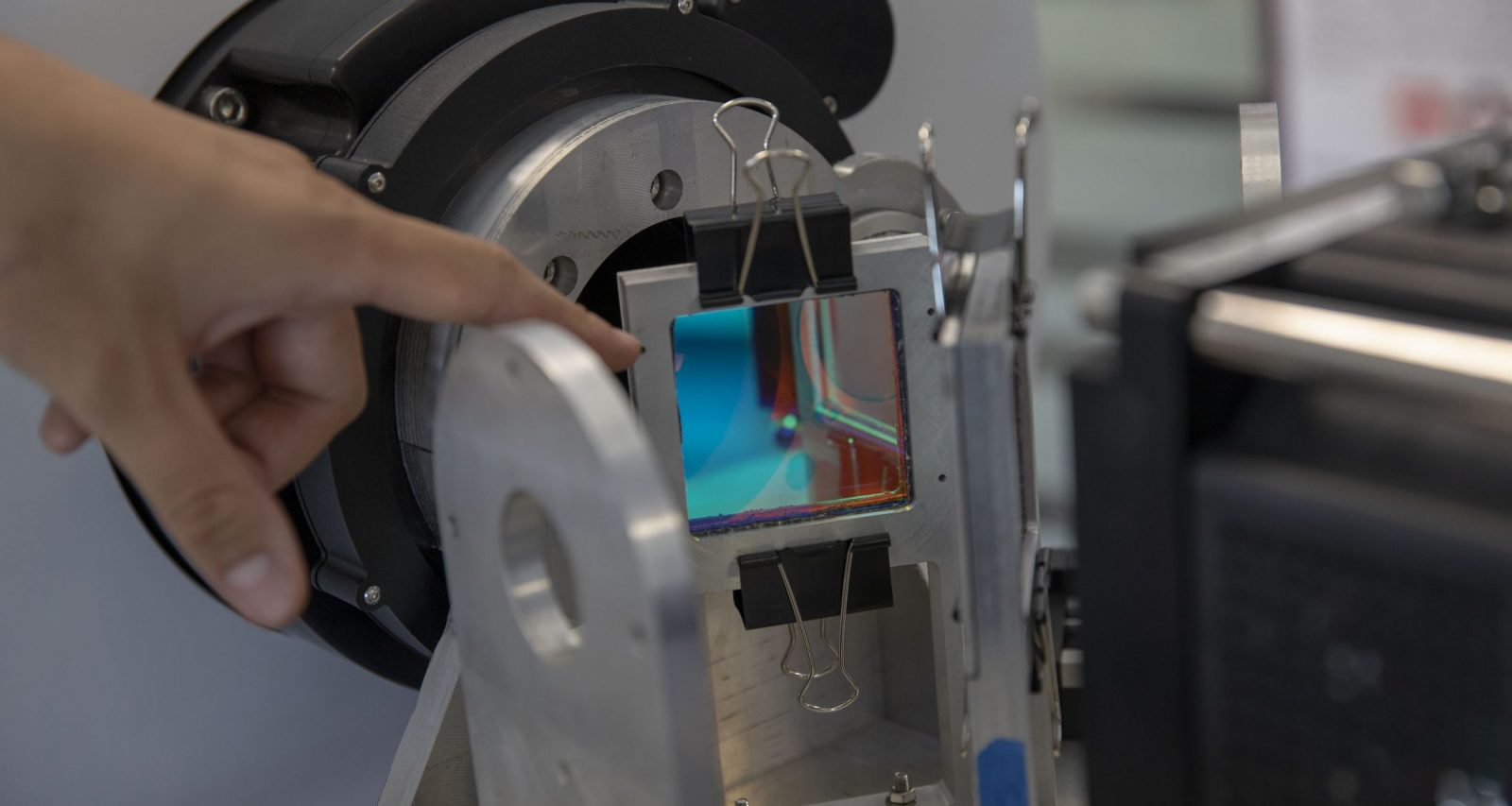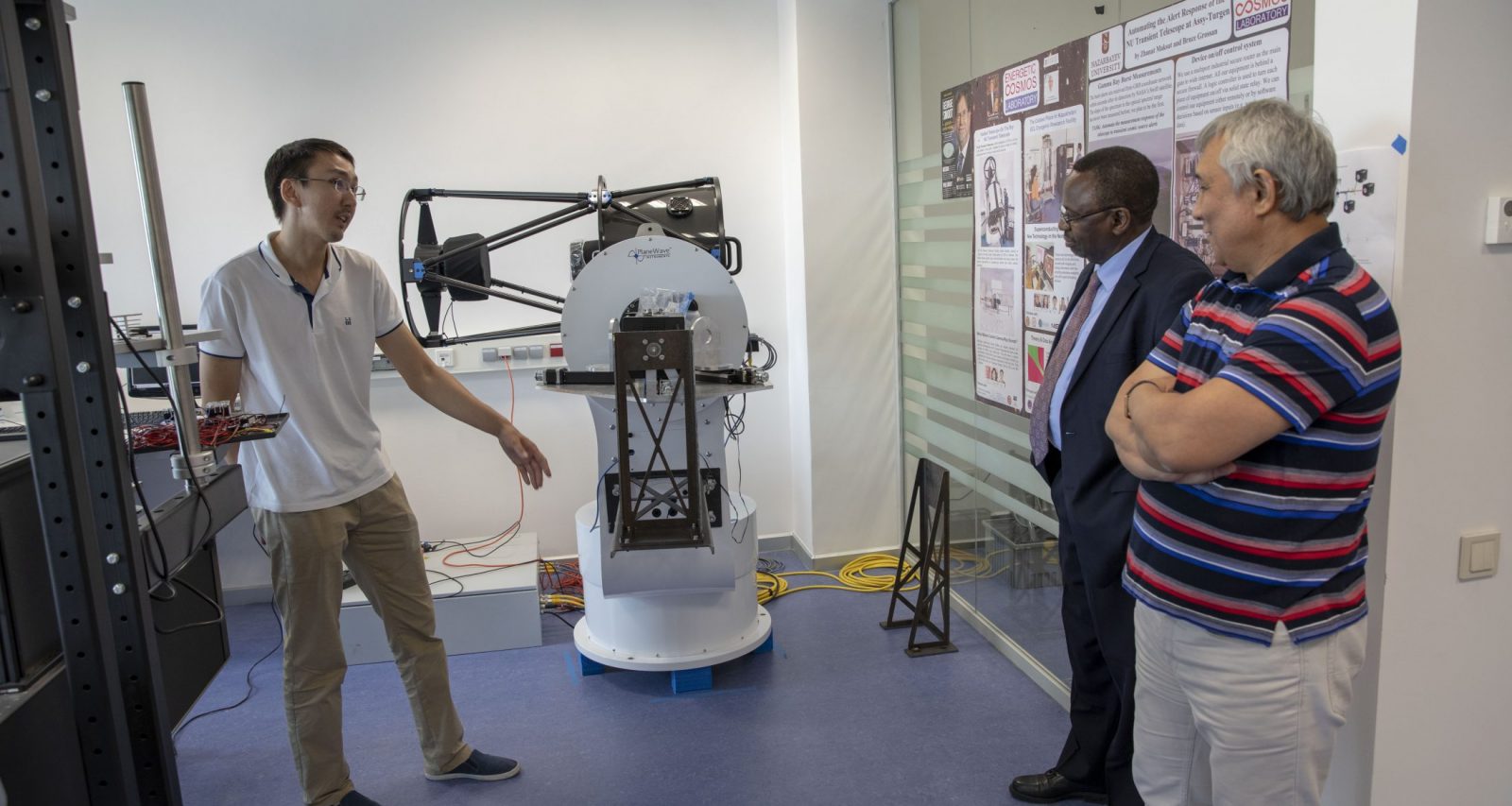Soon! Kazakhstan fastest telescope launch
In June this year, Nazarbayev University hosted the Second International Conference “Exploring the Energetic Universe 2019”, where the launch of a new high-speed telescope in Kazakhstan was announced. We are pleased to inform the public that the scientists have completed the telescope’s assembly and have conducted preliminary tests of the new device, which is called NUTTellA-TAO (Nazarbayev University Transient Telescope at Assy-Turgen Observatory). The Assy-Turgen Observatory is located in the Almaty Region.
The telescope was built by a development team led by Professor Bruce Grossan, Head of Observation Astrophysics and Optical Instrumentation at the Energetic Cosmos Laboratory of NU (ECL), which was founded by Nobel Laureate Professor George Smoot. With the installation of the new telescope at the Assy-Turgen Observatory, scientists of the ECL will be able to study space gamma-ray bursts. The speed of the instrument allows scientists to measure the spectrum of optical radiation of the largest space explosions in the universe.
– Our telescope, called NUTTellA-TAO, is without exaggeration an innovative telescope that allows us to begin measuring gamma-ray bursts in seconds. We can react to and measure gamma-ray bursts identified by sensitive instruments in space, such as the SWIFT satellite. Measuring the shape of the spectrum will allow us to understand the mechanism of the brightest electromagnetic events occurring in the universe, which can be observed in remote galaxies in the hardest part of the electromagnetic spectrum. The duration of a typical gamma-ray bursts is from a few seconds to 100 seconds, – said Zhanat Maksut, a researcher and member of the Project Group of the Energetic Cosmos Laboratory NU.
– To date, the mechanism of this phenomenon, as a result of which a huge amount of energy is released in such a short period of time, is still not quite clear. There are various theoretical studies that investigate the causes of gamma-ray bursts, but none of the theories have been experimentally confirmed so far. In general, in the last 50 years there have been no advances in the study of the initial phase of gamma-ray bursts, which last up to 100 seconds, in the world. But we hope that with the help of our apparatus it will be possible and the analysis of images of this amazing natural phenomenon made by our telescope will give an opportunity in the future to confirm or refute the existing astrophysical hypotheses, and thus help to reveal the physics of the phenomenon of gamma-ray bursts, – says Zhanat Maksut.
Zhanat, tell me how and where the telescope was made?
The telescope was made in the USA. However, an additional modification was developed by the ECL and made with the help of the Nazarbayev University Machine Shop. We built a tool for the telescope allows it to work with three chambers simultaneously. Creating and implementing this modification for our project is a clear example of successful cooperation between the various structures of NU. We were able to use the production infrastructure of the university to perform a complex engineering task. We provided the staff of Machine Shop with all the necessary calculations, as well as 3D-model design and technical characteristics of the machine, on the basis of which the staff of Machine Shop made their own, updated design, adapted to the capabilities of their machine. Together with them, we made all the necessary mathematical calculations and simulations. Then the parts we needed were made of aircraft aluminum using the machines in NU’s Machine Shop.
We are happy to note, that the ECL was one of the first scientific teams at NU to cooperate with the Machine Shop for production of parts needed to work on a scientific project. Although the lenses and filters for our telescope were made in the U.S. on the basis of our specifications and calculations, we were able to produce the additional needed equipment and modifications ourselves. When we compare the cost that it would have taken to produce the modifications and parts abroad, the price we ended up paying was significantly less. Even looking within Kazakhstan, by using the Machine Shop, the final cost was 8 times cheaper than compared to the bid we received from another Kazakhstani company. In the end, we only paid for the cost of consumables, and the labor and production costs through the Machine Shop were heavily discounted. As you can see, our cooperation was fruitful, and I would like to express my gratitude and that of other members of the ECL to the employees of Machine Shop who made this project possible, in particular to Sharipov Askar and Almat Alzhanov.
And, of course, the implementation of this project was possible thanks to close cooperation with the Astrophysical Institute named after V. G. Fesenkov (Almaty). So, thanks to the help of engineers of the institute, an observatory roof mechanism was installed which allows the roof over the telescope to be opened and closed in a few seconds. Maksim Krugov, an engineer at the institute and a man in love with astrophysics since childhood, provides invaluable technical support and assistance to our project.
Our device is installed in the Assy-Turgen Astrophysical Observatory, which belongs to the Institute and is located in Almaty region. The choice of this place for installation of a telescope was not casual – there are all necessary conditions for carrying out observations of the starry sky. There is a clear sky, a large number of stellar days and the absence of light noise. The Assy-Turgen Plateau, where the observatory is located, is located at an altitude of 2,750 meters above sea level.
What is the peculiarity of your telescope and its difference from the existing ones?
It is a very fast telescope that allows researchers to react quickly to new gamma-ray bursts for further analysis. Typically, existing telescopes are quite voluminous and slow. Our telescope reacts to the phenomenon within 5-10 seconds from the moment of receiving the signal on detection of gamma-ray burst, finds it on the set coordinates and fixes on the image. And our telescope takes much less time than other similar telescopes. The fact that it is very compact, has greater mobility than similar telescopes, and due to the updated mechanism with a fast opening roof can rotate and fix on the gamma-ray bursts faster than similar devices. The device can also create an optical model of the spectrum using three optical spectrum filters located at different angles, which are automatically processed and recorded by the cameras. At the same time, our cameras are of high quality – the difference in image quality is less than 5%, which confirms the high accuracy of the manufactured instrument.
Work on this project was started at the NP in 2017 under the direction of Professor Bruce Grossan. In 2018, a telescope was purchased and a building was built in Assy-Turgen. I myself joined the project in November 2018. The fact is that I already had experience with a similar project in Germany before, but the telescopes there were much larger than ours.
During a trip to the Assy-Turgen Observatory from 17 to 21 August, our team successfully completed the assembly and conducted the first testing of the new tool. NU scientists managed to get a synchronous image of standard stars in the R and G filters. Currently, we can remotely control the telescope and take pictures with two cameras. Now our project is at the stage of process automation. This autumn we plan to carry out a few more needed tests in this pilot stage before we can proceed to the planned launch in winter of a fully automatic telescope. After completion of automation, the device will be in a daily mode of waiting for gamma-ray bursts and fix them in the moments of detection.
We hope to have good results from our work available by 2020, which will become the basis for further analysis and study of the mechanism of gamma-ray bursts radiation and open the veil over the secret astrophysics of space gamma-ray bursts.



